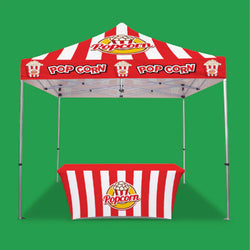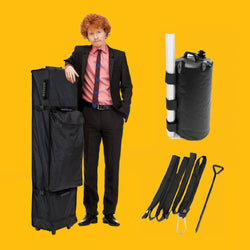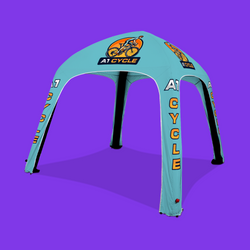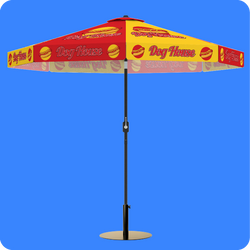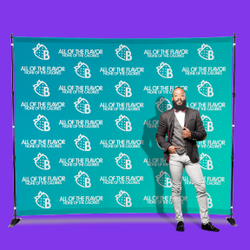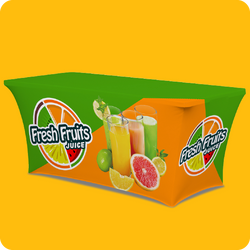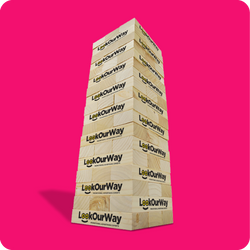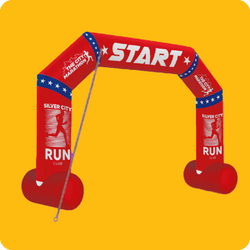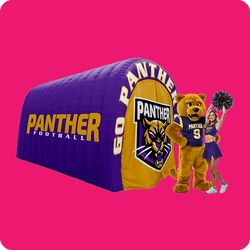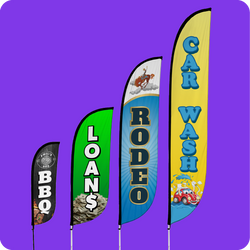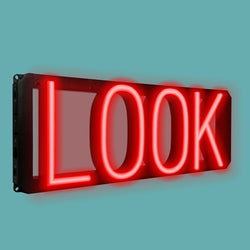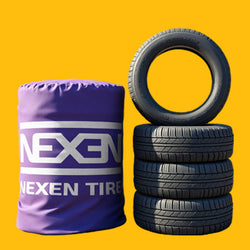What Are the Best Fonts For Signs?

Legible Fonts Equal Profitable Business Signage
In the ever-changing world of marketing, the production of signs and banners still remains a successful and easy way to reach lots number of potential clients and customers at once. Since there are many different types of fonts for banners and signs, it is critical to understand the difference between the fonts that work best for small marketing materials and the best larger fonts for business signs that must be noticeable from a distance. The ideal fonts will provide excellent visibility and work well with the intended message of the design.

Importance of Fonts
Picking a font might seem like a tedious step in your marketing strategy, but it's one of the most crucial parts of the process. Even with an ideal design and location, your entire brand could fall flat with the wrong font. A brand represents your identity as a business. With a simple glance at your sign, someone will judge various characteristics of your business.
- Professionalism: Your font will determine your level of professionalism. For example, a law firm probably won't want cartoonish bubble letters or misshapen words. You'll want to find a font that is suitable for your company's personality.
- Brand image: People subconsciously use qualities like font choice to judge your business' identity — this is why it's vital to take time to choose a font that reflects your company's goals, mission and vision.
- Readability: If the font you choose for your sign is clear, large and legible, there's a better chance a potential customer will read it. Having a sign with a readable font will also suggest that your business values transparency and communication.
Types of Fonts To Avoid
When deciding on the most visible fonts for signs, carefully consider the size of the strokes on the letters. Fonts that contain thin lines might be suitable for handouts, flyers or emails but tend to disappear when viewed from a distance. These fonts can sometimes be bold to improve visibility, but in many cases it's better to avoid them altogether.
Similarly, fonts that are script-based are beautiful for detailing invitations or small marketing items, but are best to steer clear of with large marketing materials due to legibility issues. Ideally, the chosen font should be clear and legible from a distance but still read just as well when viewed more closely.
Style Changes For Emphasis
Choosing the best font styles for signs involves more than just the typeface selection. Once you have selected the font, your designer can modify it to make the font more visible and enticing to potential customers or clients. During the design process, play with capitalization to see if a specific word looks better in all capitals, but try not to overuse this technique you'll use the intended emphasis. When appropriately used, italics and underlining, when used properly, can enhance specific parts of the sign. However, if you choose these options, check them for legibility when enlarged. Bold words can also improve visibility, especially with fonts that contain thin strokes.
Color Choices and Contrast
When you design your signage around a logo, the logo itself can become a jumping-off point for the font color scheme. Smart overall color choices can be effective for the a sign's visibility and help it gain attention, but the font color, specifically, plays a vital role in the font's legibility on a grand scale.
Chiefly, consider contrasting colors between the font and the background. Even the best-thought-out font and text choices will get lost in the overall design if they contrast enough. Dark or bold backgrounds call for text in a lighter shade, and the converse also holds true.
Another font color consideration is the using bold and bright shades to draw attention to the sign. This technique is beneficial if the background is a solid neutral color or if you outline the font in a contrasting shade. Using the principles of a color wheel and thinking about complementary colors can help with the a successful sign design's color scheme.
Digital vs. Print Fonts
Today, most people design signs online and choose fonts based on how they look on their computer screen. However, be careful about judging a font's appearance on your screen alone, as some may look different on a sign. For example, thinner, elegant fonts could look great digitally, but can be small and hard to read when they appear on a sign.
Lean into picking larger, thicker sign fonts that are easy to read at distance. Before selecting a font, envision how it might look on a sign. You can also look for real-life examples of signs using specific fonts to see if they work well in a large-scale format.
Large vs. Small Font Uses
When considering a font size, think about your chosen signage. For example, if you're designing for an oversized sign or billboard, emphasize legibility and font weight to ensure your sign will be easy to see. For smaller signs, you might select something a bit more elegant, but you should still aim for maximum readability. With fonts, simpler is always better, as you want your customers to easily read your sign and understand the message you're communicating.
Themed Fonts
Though it might be tempting to use an unusual font, it is typically more appropriate and professional prioritize legibility. When a signage designer creatively uses standard fonts, they can still come across as different and eye-catching to the consumer. Your target customers and company brand will also dictate font choice, as some fonts are considered more professional than others. Ensure the sign's font and overall design of the sign match the intended formality of your company presentation.
Using Multiple Fonts
Some signs use only a few large words and in those cases you only have one font choice to make. If the sign has more wording, you might decide to use multiple fonts or the same font in different weights or sizes. Though some fonts are aesthetically pleasing when used alone, they might not work well together. If you plan to use more than one font, examine how multiple fonts flow together, instead of picking them separately and hoping the finished result is as intended.
Font Examples
A vast array of fonts now exist for marketing use, but tried-and-true options may be among your best choices for signage. Depending on the project's professionalism, some designers prefer serif fonts for more formal writing and sans-serif fonts for more casual presentations. The choice comes down to the sign or banner project's overall look and the font's cohesiveness with other elements, such as graphics, logos or color. Some fonts appear frequently enough in signage design that they come standard with most design programs, making them a safe bet:
- Arial
- Times New Roman
- Helvetica
- Garamond
- Futura
- Bodini
Choosing the best font for a custom business sign can be cumbersome, but it doesn't need to be. Using a few tips and tricks such as paying attention to size, color and interaction between font choices can help make the process easier to manage.





